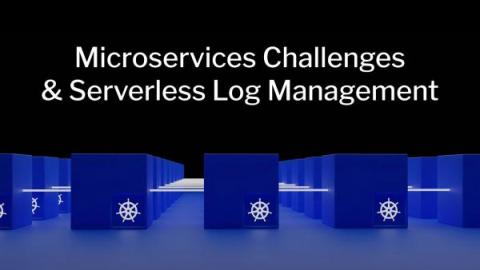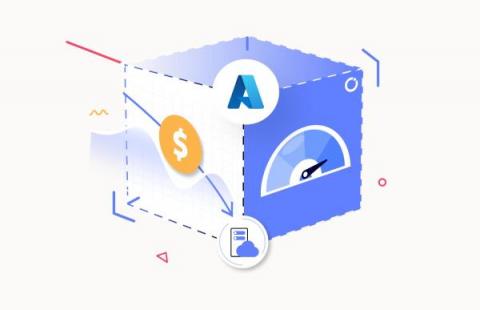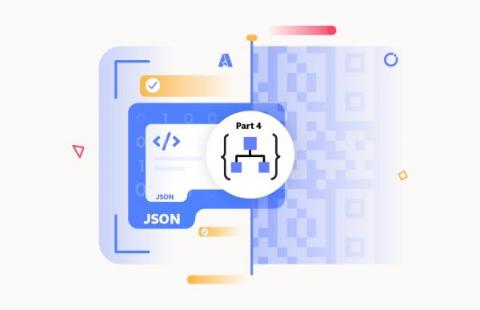Operations | Monitoring | ITSM | DevOps | Cloud
July 2023
Removing the first line from a Flat file in Logic Apps
Navigating the Serverless Landscape: Lessons from our Tracing Collector API Journey
In the previous blog in this series, we delved into the redesigned architecture of Amazon Prime Video and how they integrated different architectural styles for optimal performance and cost efficiency. We also discussed the impact of Amazon’s decision on the concept of a “serverless-first” mindset, highlighting the importance of considering alternative architectural approaches based on specific use cases and requirements.
Building, Deploying and Observing WASM Apps
This post gives an overview of how to build applications using the updated Docker + WASM technical preview, along with some observability best practices.
Integrate RabbitMQ with Logic Apps using Azure Functions
AWS Lambda vs EC2: A Comparative Guide
In this post, we will compare two of Amazon Web Services’ (AWS) most popular computing services: AWS Lambda and Amazon EC2. Both services offer unique advantages and can be used for different purposes.
Lower Your AWS Lambda Bill by Increasing Memory Size- yep!
Lambda allows you to allocate memory for your functions in increments of 1 MB, ranging from a minimum of 128 MB to a maximum of 10,240 MB (10 GB). When we specify the memory size for a Lambda function, AWS will allocate CPU proportionally. For example, a 256 MB function will receive twice the processing power of a 128 MB function.
8 Challenges of Microservices and Serverless Log Management
Kubernetes Community Day Munich Recap: A Meeting of Tech Minds and Ideas
This July, the community spirit was profoundly vibrant in the scenic city of Munich, as Kubernetes Community Day (KCD) Munich brought together a meeting of minds and inspired the open-source collaboration we all know and love. The event was a testament to the strength and vitality of the Kubernetes community, which pulsed with an energy of shared intellectual curiosity and passion for all things Kubernetes.
Understanding AWS Lambda proactive initialization
AJ Stuyvenberg is a Staff Engineer at Datadog and an AWS Serverless Hero. A version of this post was originally published on his blog. In AWS Lambda, a cold start occurs when a function is invoked and an idle, initialized sandbox is not ready to receive the request. Features like Provisioned Concurrency and SnapStart are designed to reduce cold starts by pre-initializing execution environments.
How Zesty's Programmers and Ops Team Troubleshoots Kubernetes in Minutes
Debunking Misconceptions: Amazon Prime Video's Approach to Microservices and Serverless
This is the second blog in our deep dive series on serverless architectures. In the first installment, we explored the benefits and trade-offs of microservices and serverless architectures, highlighting the case of Amazon Prime Video's architectural redesign for cost optimization.
Proven methods for elevating end-to-end tracking in Azure/Hybrid Integrations
Azure Rightsizing: Maximizing Performance and Minimizing Costs
The Smart and Efficient Way to Test Serverless Architectures
Debugging AWS Lambda Serverless with Lightrun
Introducing Trace Endpoint Mapping
At Lumigo, we see ourselves as your reliable ally in the noble mission of detecting and vanquishing troublesome issues that lurk within your serverless and container applications. Our secret sauce? Equipping you with a wealth of detailed trace data, ensuring you’re always well-lit and ready for battle when the nefarious ‘bugs’ make their unsolicited appearances.
How to get alerts on Azure Functions failure?
What are Azure Functions?
Serverless computing, also known as Functions as a Service (FaaS), has taken the world of cloud computing by storm. A game-changer in its own right, serverless computing has completely transformed the way developers approach and design their applications by abstracting the underlying infrastructure layer. But what makes it a powerful paradigm shift?
Azure Unit Cost Analysis for Cloud cost optimization
Decoding Logic App Dilemmas: Nested JSON schema validation
Troubleshooting Bad Health Checks on Amazon ECS
Health checks are an important factor when working with containerized applications in the cloud and are the source of truth for many applications in terms of their running status. In the context of AWS Elastic Container Service (ECS), health checks are a periodic probe to assess the functioning of containers. In this blog, we will explore how Lumigo, a troubleshooting platform built for microservices, can help provide insights into container crashes and failed health checks.
























